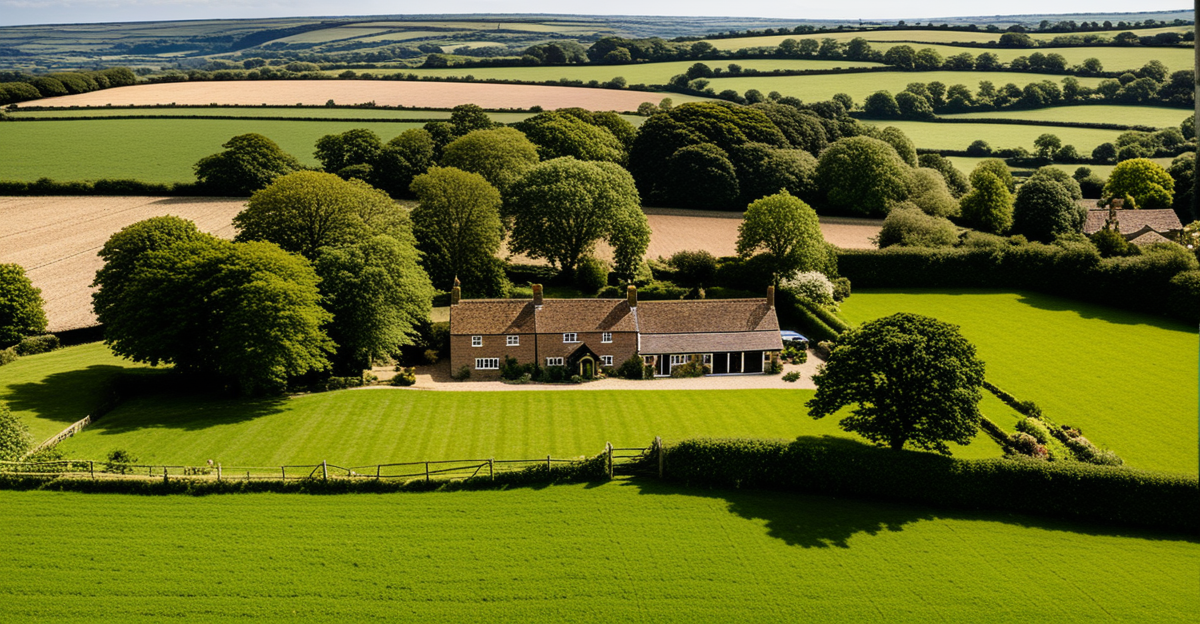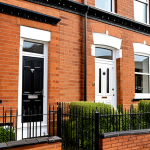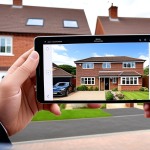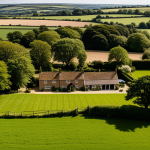Impact of Digital Connectivity on UK Countryside Property Value
Digital connectivity has become a pivotal factor influencing rural property value in the UK. Properties boasting reliable broadband and mobile internet service generally command higher prices compared to those lacking such infrastructure. This is because modern buyers prioritize the ability to work remotely, access online services, and maintain social connections without interruption—needs increasingly critical in rural settings.
Recent studies indicate that areas with improved digital connectivity have experienced noticeable shifts in the UK real estate market. Properties with fast broadband often appreciate more rapidly, reflecting increased demand. This trend stems not only from younger, tech-savvy buyers but also from professionals and retirees who value digital access as a marker of convenience and lifestyle quality.
Also to discover : Revitalizing liverpool’s brownfields: creative approaches for property developers to unlock hidden opportunities
Buyer and seller preferences have evolved accordingly. Sellers are now more apt to highlight broadband speeds and mobile coverage as key selling points, while buyers explicitly search for homes supporting effective online functionality. This has reshaped the rural property landscape, making digital connectivity a central determinant in property appeal and pricing.
Case Studies of Rural UK Properties Benefiting from High-Speed Internet
Examining rural broadband case studies reveals clear evidence that countryside properties experience significant increased valuation following high-speed internet installation. For instance, in regions where fibre-optic broadband replaced slower connections, average property prices rose by up to 10% within two years. This uplift relates directly to enhanced digital connectivity, which attracts a broader pool of buyers prioritizing remote work and digital lifestyle needs.
Also to discover : Boosting energy efficiency: essential tips for owners of victorian terraces in manchester
Regional comparisons underline the stark divide between digitally advanced and underserved rural areas. In digitally connected villages, homes consistently outperformed those in poorly served locations, both in sale price and market interest. This gap highlights how vital digital connectivity has become for maintaining and boosting rural property value across the UK real estate market.
Pilot schemes such as community-led broadband initiatives further illustrate the transformative effect. Properties benefiting from these projects not only saw faster sales but also attracted demographics previously deterred by connectivity limitations. These real-world examples underscore the growing necessity of modern internet infrastructure in elevating countryside property appeal and valuation.
Perspectives from Buyers, Sellers, and Estate Agents
Buyer preferences in the rural real estate sector now strongly favour properties with robust digital connectivity. Property buyers emphasize broadband quality and mobile coverage as essential criteria, often ranking them alongside traditional factors like location and property size. This shift reflects a broader societal trend toward remote work, online education, and digital service reliance.
Seller insights reveal a strategic pivot towards highlighting upgraded connectivity features when marketing homes. Sellers frequently promote fibre-optic broadband availability or enhanced mobile signals to differentiate listings within a competitive market. By showcasing these connectivity benefits, sellers address prevailing buyer demands and can realize better sale prices.
Estate agents report an observable increase in inquiries and faster transactions for countryside properties equipped with reliable internet access. Their professional commentary underscores that demand trends are increasingly driven by digital infrastructure, shaping the UK real estate market landscape. Agents advise sellers to consider broadband upgrades as an investment in property appeal and marketability, given the growing expectation for seamless online functionality among rural property buyers.
Practical Steps to Enhance Rural Property Value through Connectivity
Enhancing rural property value through improved digital connectivity involves targeted broadband upgrades and mobile coverage improvement tailored to countryside homes. Homeowners can explore options such as fibre-optic broadband installation, satellite internet solutions, and 4G or 5G mobile signal boosters, each addressing different connectivity challenges faced in rural environments.
Government initiatives often provide financial incentives to encourage broadband upgrades in less connected areas. Grants and subsidies can reduce costs, making these enhancements more accessible for rural property owners. Understanding eligibility and application procedures for such support is crucial in planning infrastructure improvements.
When considering upgrades, attention should be given to installation logistics, such as infrastructure compatibility and the potential need for external wiring or satellite dishes. Future-proofing is also essential; selecting scalable technologies ensures that properties remain attractive as demands for higher speeds and more stable connections grow.
Overall, proactive efforts in boosting broadband and mobile coverage directly contribute to increasing rural property value. These improvements meet the explicit expectations of the current market while offering long-term benefits in the UK real estate market for rural homes.
Legal, Technological, and Economic Factors Shaping Digital Rural Real Estate
Understanding how UK property law intersects with digital infrastructure is essential for comprehending rural property valuations. Legal frameworks regulate the installation and expansion of broadband and mobile networks in countryside areas, often involving permissions for laying cables or erecting new masts. Compliance with planning regulations can sometimes delay upgrades, impacting the speed and extent of digital connectivity improvements. Thus, awareness of these legal constraints helps stakeholders anticipate challenges in enhancing rural technology infrastructure.
Emerging technologies significantly influence the attractiveness of rural properties. Innovations such as 5G networks, low Earth orbit satellite internet, and advanced fibre-optic systems promise faster, more reliable connections even in remote locations. These advancements reduce the digital divide, making rural homes viable for remote work and digital services. Consequently, the integration of cutting-edge rural technology infrastructure boosts rural property value by aligning with buyer expectations for seamless connectivity.
Economic trends also play a decisive role in shaping the rural UK real estate market. As remote working becomes entrenched and digital lifestyles expand, demand for countryside properties with strong internet access rises. This trend exerts upward pressure on rural property prices and stimulates investment in broadband upgrades. Conversely, areas lagging in connectivity risk economic stagnation, as diminished appeal leads to lower demand. Hence, economic forecasts within rural housing markets must factor in digital connectivity status to accurately predict property value trajectories.
Impact of Digital Connectivity on UK Countryside Property Value
Digital connectivity has become a critical factor shaping rural property value within the UK real estate market. The availability and quality of broadband and mobile internet directly influence the attractiveness and pricing of countryside properties. Properties with reliable, high-speed internet access tend to command a premium because they support modern lifestyles increasingly centered on remote work, online education, and digital services.
Recent statistics consistently demonstrate how digital infrastructure improvements translate into tangible boosts in property value. In areas where high-speed broadband or enhanced mobile coverage has been introduced, rural homes often see price increases outpacing those in less connected locations. This reflects a paradigm shift where connectivity quality is no longer a luxury but an essential feature sought by buyers.
Buyer and seller perspectives have evolved accordingly. Buyers explicitly prioritize digital connectivity, considering it alongside fundamental features like location and size. Sellers respond by emphasizing broadband speeds and robust mobile networks in listings, knowing these elements enhance appeal and accelerate sales. This dynamic elevates digital connectivity as a main driver behind fluctuating rural property values and reshapes the broader UK real estate market toward embracing technology as a key asset.







